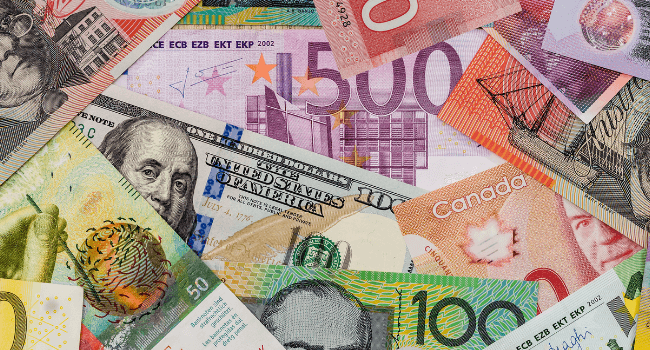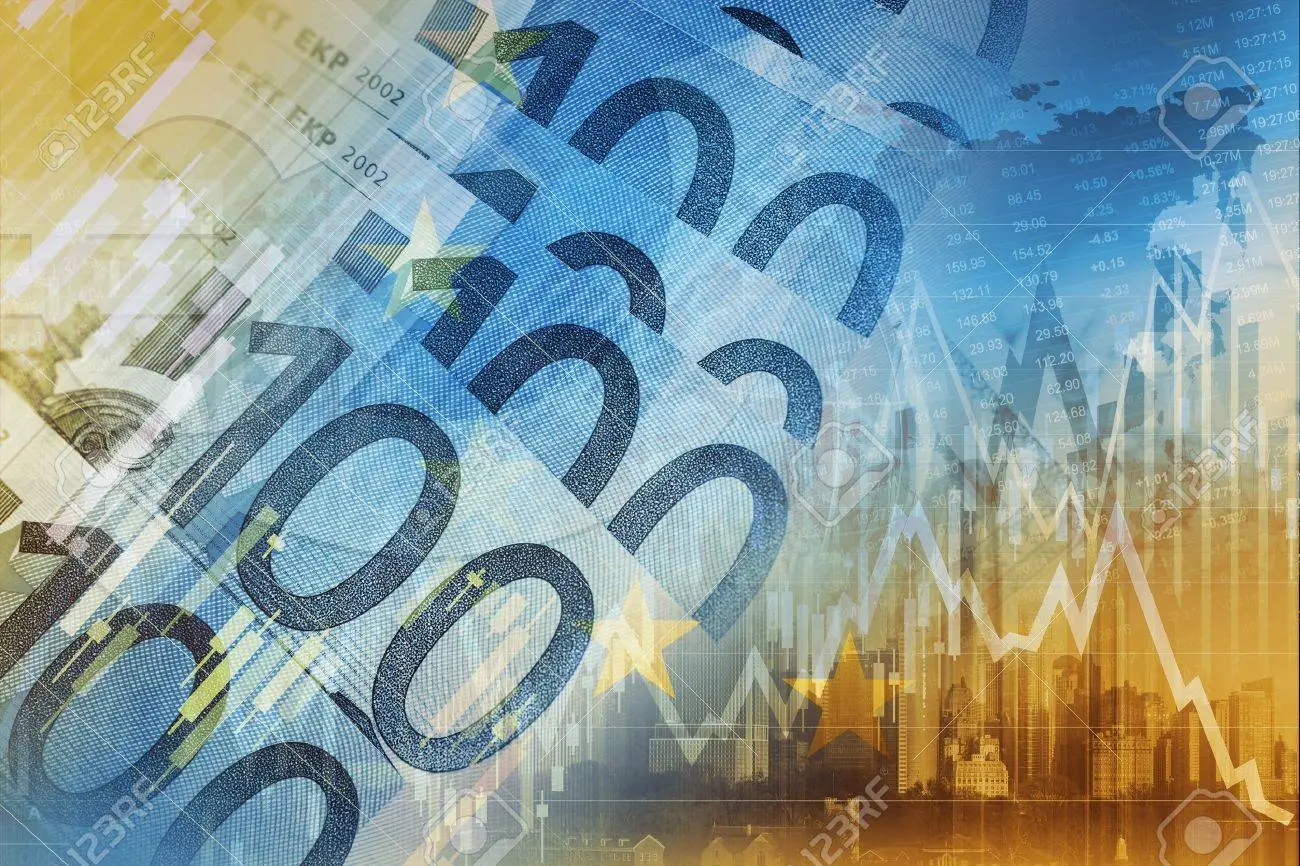As indications of a China reopening spark a burst of buying, the yuan is nearing a major landmark. But some analysts believe the rally will soon come to an end. On Thursday, the yuan in Hong Kong gained as much as 0.7% to 7.0450 per dollar. It approached its previous high of 7 in September. A 3% gain aided the increase in November after the Federal Reserve softened its rate-hike position. The currency’s performance was also boosted by Beijing’s decision to allow some infected individuals to quarantine at home.
However, many experts believe China’s departure from its Covid Zero plan will be difficult. Hence the yuan’s rally will slow. Because of a widening services deficit, CitiGroup Inc expects the currency to lag behind its emerging-market peers in 2023.
Other Asian Stocks Boosted Due to Powell’s Speech
Expectations for a slower pace of Federal Reserve rate hikes sparked broad weakness in the dollar. Accordingly, Japan’s yen and Korea’s won fueled a rally in Asian currencies Thursday. The yen climbed to around 136.50 per dollar, up 1.1%. Since August, the risk-sensitive won increased by 1.5%, reaching 1,300 points for the first time.
Fed Chair Jerome Powell’s statements solidified trader sentiment that the bank will slow its tightening pace in December. US bond yields fell, and the stock climbed on Wednesday.
South African Currency Plunges as President, Indicating the Possibility of Resigning
Cyril Ramaphosa’s ascension to power five years ago sparked a spectacular rally in South Africa’s assets, which led to the creation of a new word: Ramaphoria. A financial scandal erupted on Thursday, threatening to bring the whole thing crashing down.
The government’s borrowing costs increased the most since 2015 as the president considers quitting over possible breaches of the constitution linked to the theft of $580,000 stored at a game farm he owns. The currency suffered its worst one-day loss since May. Hedge costs climbed the most in the two years as options traders wagered on the greatest currency volatility in two years.
Between November 2017 and February 2018, when Ramaphosa was announced as Jacob Zuma’s replacement, the reversal signaled a notable shift in sentiment. The rand rose 27% during that time due to his reform agenda and clean image.
He is now blamed for failing to execute the policy adjustments necessary to spark development in a country considered a bellwether for developing nations. With the latest political crisis pushing them over the edge, markets’ confidence in him has been eroded by rampant unemployment at around 33% and a continued mess in the power sector.
















